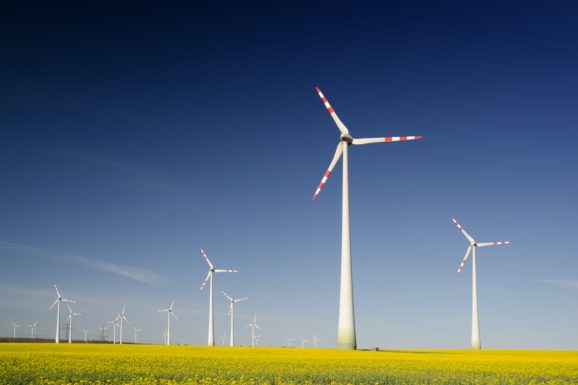| “We face a growing crisis of climate change and nature loss, and we all need to take action with urgency.” –Doug McMillon, president and chief executive officer, Walmart Inc. |
In September, Walmart announced its goal to become a regenerative company. In efforts to directly address the growing climate crisis, Walmart will target zero emissions across its operations by 2040. In conjunction with the Walmart Foundation, the company will also aim to protect, manage, and restore at least 50 million acres of land and one million miles of ocean by 2030. This announcement is the first of its size and scope, setting a new standard for companies to follow.
The target of zero emissions comes without the use of carbon offsets. Carbon offsets offer a way for companies to counterbalance their own carbon emissions by investing in the removal of carbon in another area. This can be through investments in renewables, financing forest restoration, etc. Walmart’s pledge to reach this goal without the use of carbon offsets means the company plans to make real alterations in their internal workings to reach this goal instead of outsourcing the problem.
To that end, Walmart plans to:
- Harvest wind, solar and other renewables to power its facilities with 100% renewable energy by 2035
- Invest in an entirely electric fleet of vehicles, including long haul trucks, by 2040
- Transition to low impact refrigeration and electrified equipment for heating in its stores and distribution centers
To assess the breadth and depth of reaching these goals, it is imperative to review Walmart’s historical data. Currently, 29% of the company’s global operations run on renewable energy. Walmart also claims to divert 80% of its global waste from landfills to incineration. While this decreases the amount of land being allocated to waste, it is important to note that incineration releases harmful, even toxic, emission into the atmosphere and is not an entirely sustainable solution
Most of Walmart’s impact comes from its supply chain. The company has already taken steps to combat this as they have been working on the Project Gigaton Initiative since 2017 which seeks to avoid a gigaton of GHG emission by 2030. More than 2,300 of Walmart’s suppliers has signed on to this effort since its inception and a reported 230 million metric tons of emission have been avoided as a result.
In order to achieve their regenerative goal for land and ocean restoration, Walmart has set out to:
- Preserve one acre of natural habitat for every acre of land it developed in the US
- Invest in sustainable agriculture practices including sustainable fisheries, forest management and restoration, and a shift toward plant based efforts
- Work with to source from place-based efforts that help preserve natural ecosystems and improve livelihoods
These increased investments into sustainable processes could have a massive impact on the growth of these practices allowing them to expand their reach and influence.
Along these commitments comes an urgent call to action for others companies to do the same from President and CEO of Walmart Inc., Doug McMillon. Walmart has enormous influencing power to not only make a real difference but also encourage companies of all shapes and sizes to join this effort in protecting our planet. A united front will undoubtably lead to long term sustainability.
